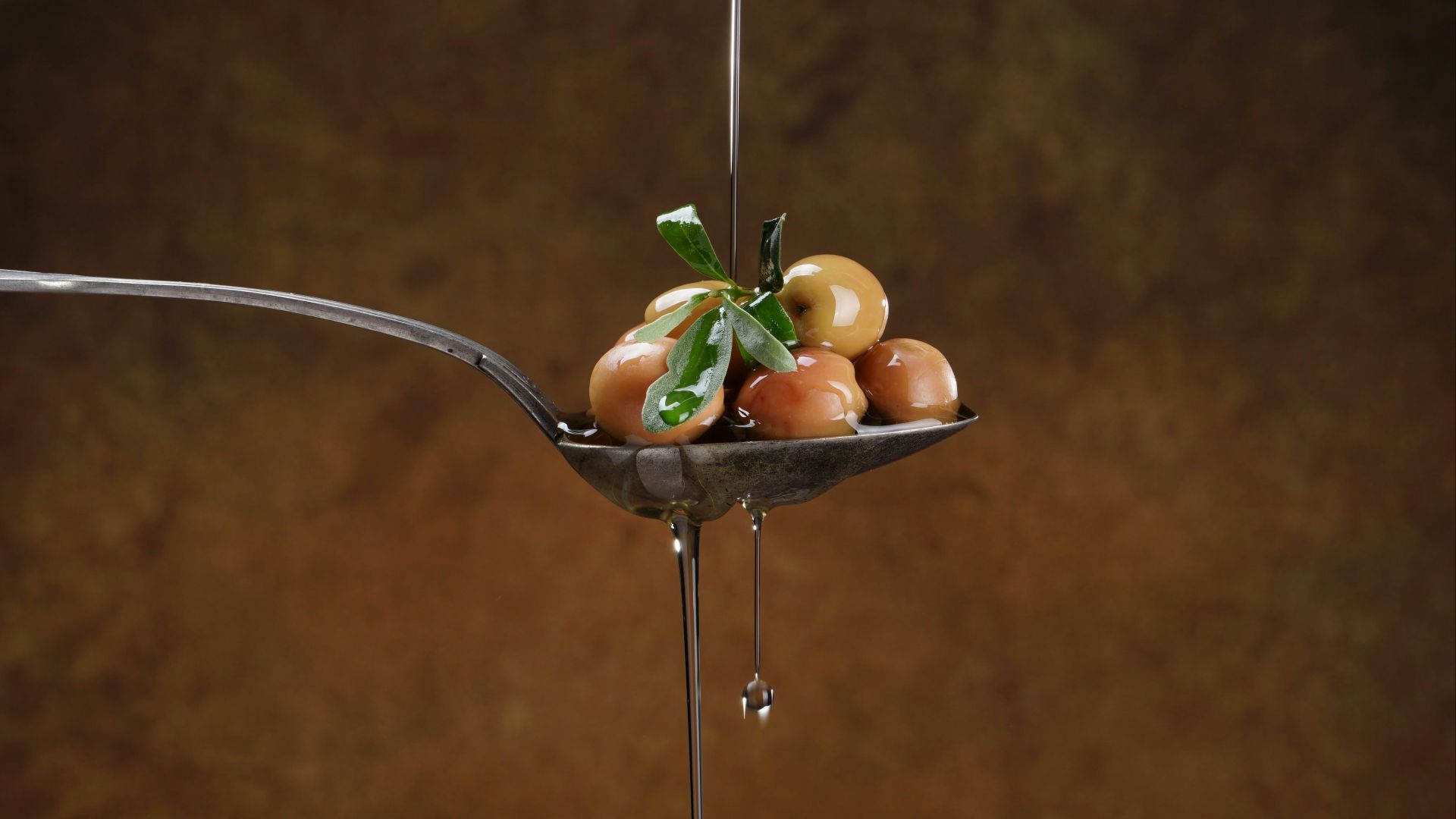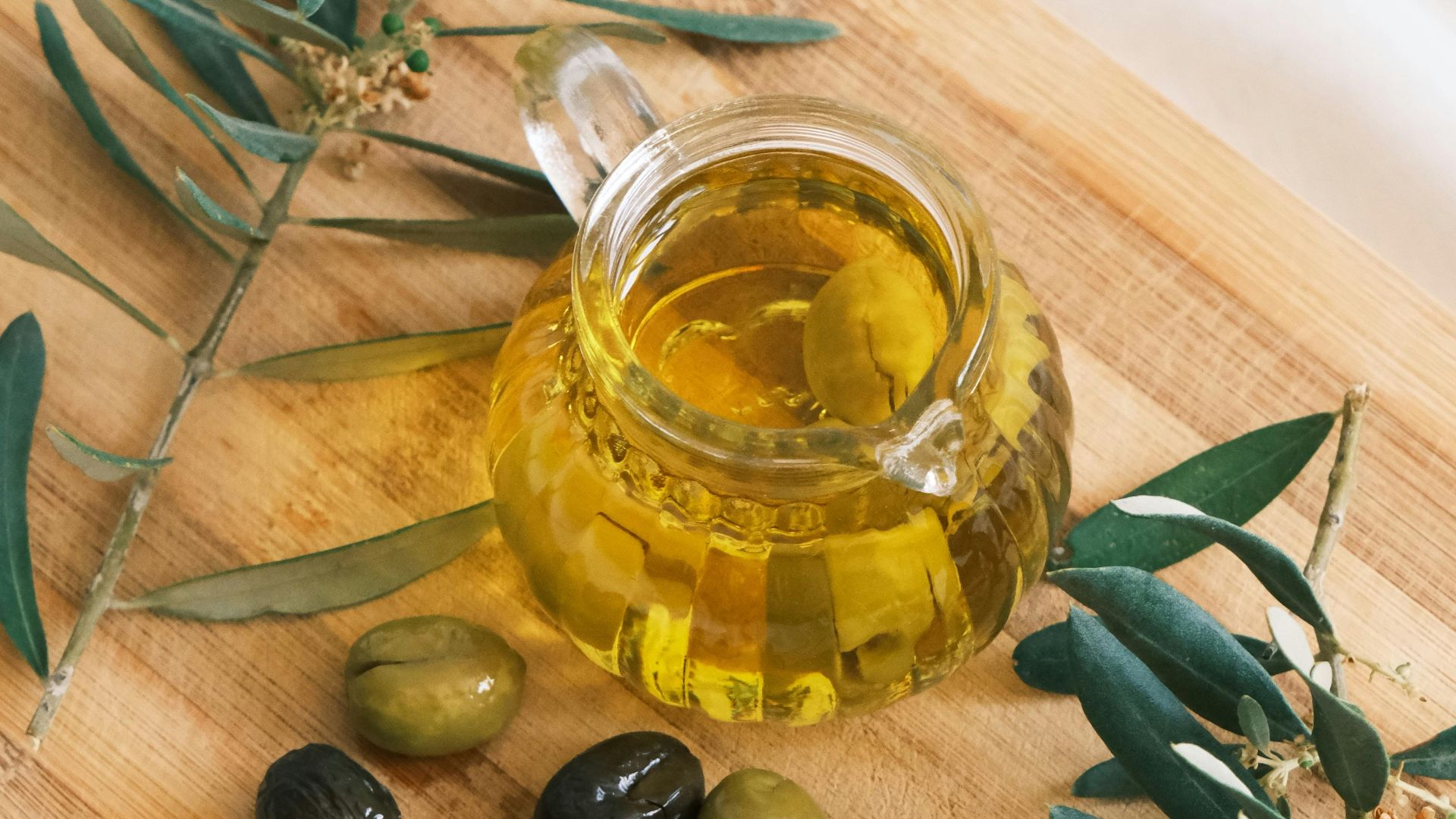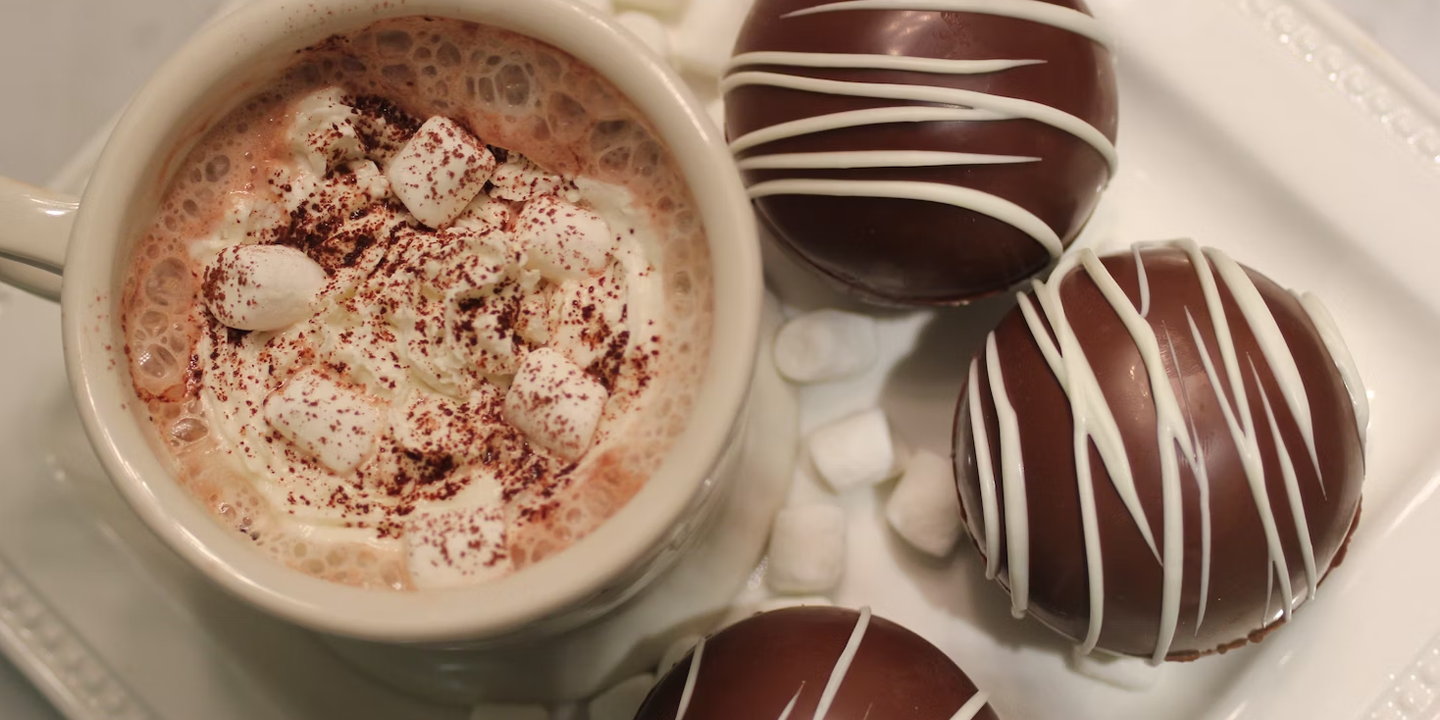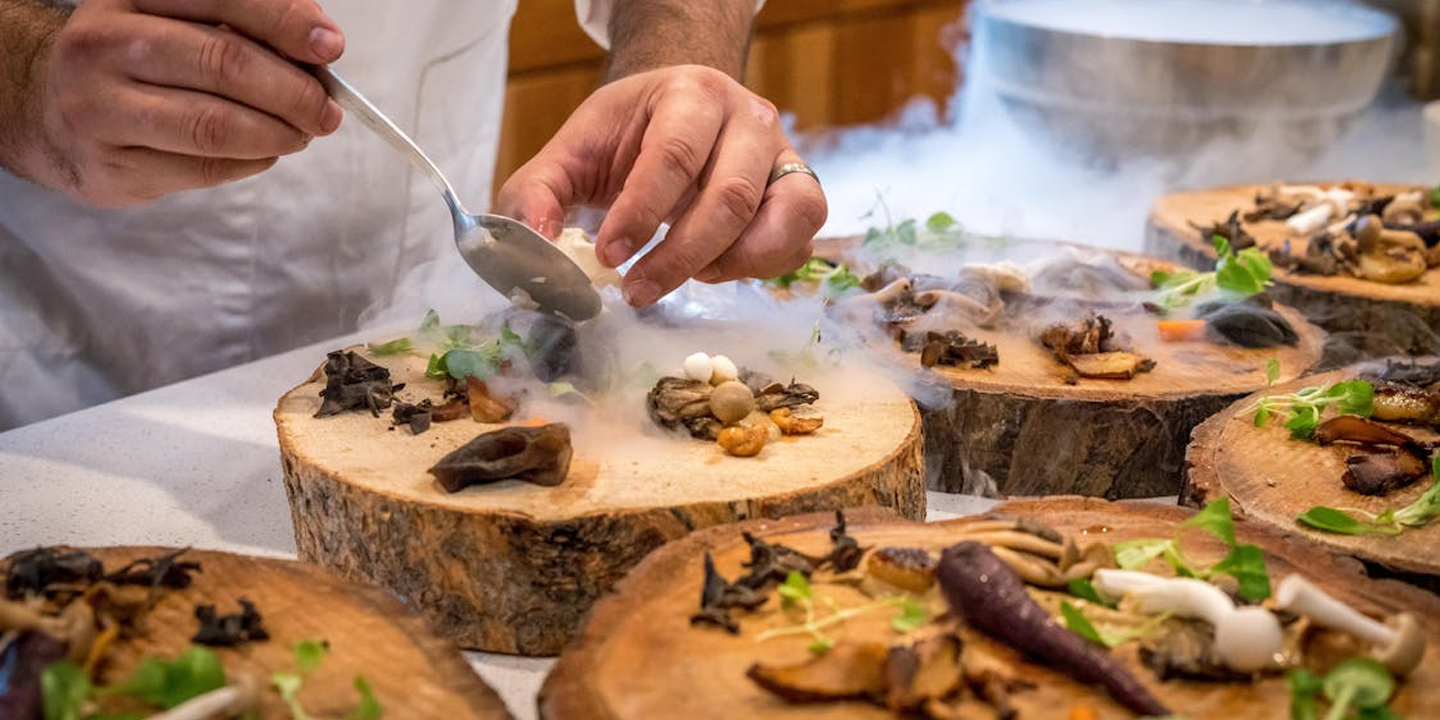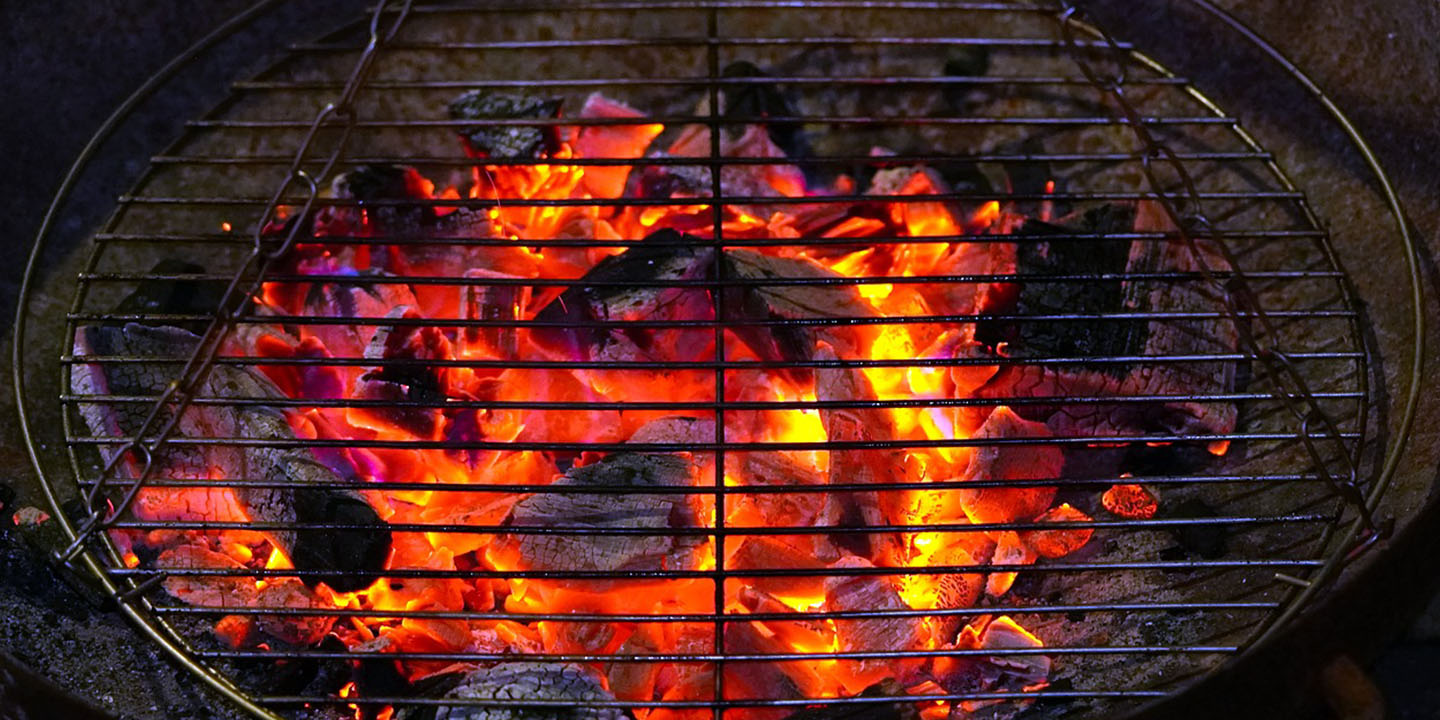Olive oil slips into our kitchens so quietly that we forget it has a personality. We splash it on salads, drizzle it onto hot pans, and stash the bottle in our cupboards somewhere between the vinegar and the forgotten jar of sesame seeds. It’s familiar, comforting, and, if we’re being honest, easy to misuse without even realizing it. And once you notice how often it’s mishandled, you start seeing the same tiny errors everywhere.
Heating It Until It Smokes Like a Bad Engine
One of the biggest blunders is cranking the heat so high that the oil starts to smoke in your pan. That thin, ghostly thread of smoke rising from the pan looks harmless, but it’s the moment olive oil turns bitter. We sometimes think more heat means faster cooking, but far more often it signifies you’re torching the flavor and possibly your entire dinner.
Extra-virgin olive oil can handle warmth, even a solid sauté, but it’s not built for a screaming-hot skillet. People swear they’ve done it for years without issues, and maybe that’s true, but once you tasted food that hasn’t been seared in scorched oil, you’ll immediately start cooking on medium heat.
Treating All Olive Oils Like They're the Same Bottle
We tend to grab whatever bottle is cheapest, thinking that olive oil is pretty standardized. The reality is oils are as different from one another as wines. Just as a Cabernet isn’t a Pinot, some oils are grassy and sharp, others buttery and mellow. These differences matter, especially when the oil is the star.
A peppery, robust oil drizzled over roasted tomatoes hits differently than a soft, fruity one on burrata. Once you start learning these small pairings, suddenly the bottle becomes a sought-after ingredient rather than an afterthought.
Storing It Like It’s Invincible
Olive oil hates light, heat, and air—the three things most kitchens provide in abundance. Leaving the bottle next to the stove, basking in the glow of every simmer and boil, is practically begging it to go rancid. There’s a reason olive oil often comes in dark glass bottles; the opaque packing protects it from spoiling early on you.
We’ve all opened a bottle that’s been sitting around for who-knows-how-long and thought, “Smells fine.” Olive oil doesn’t always go putrid in the way we expect; it ages the way herbs do, quietly losing its essence. The safest spot is a dark cupboard, away from heat, in a tightly sealed glass bottle.
Using Too Much or Too Little
Sometimes we pour a generous dallop into a pan because it feels luxurious, or we saw a chef do it once on television. Other times we ration it like it's liquid gold. Both these extremes miss the mark. Olive oil is at its best when it gently coats the dish rather than drenches it. It’s meant to enhance your meal, not disappear entirely or steal the show.
Food comes out pale and clinging to the pan instead of browning when there isn’t enough olive oil. Drenching everything doesn’t fix it; too much oil just leaves the dish heavy and slick. Roasting really is about finding that middle ground, even if it takes a few experiments to land on the right amount.
Forgetting to Taste It on Its Own
The quiet mistake that most people never consider is tasting the olive oil on its own. For some reason, we never bother to sample our olive oil the same way we do with our pasta sauce, or the fruit we buy at the market. Olive oil isn’t neutral. It has profiles and flavors that shift in intensity depending on the harvest.
A small sip (yes, an actual sip) tells you everything: whether it’s fresh, bright, peppery, too soft, or overwhelmingly bitterness. And once you start doing that, you understand why some bottles are worth the price and others belong only in a pan in measured amounts that hide how truly bad they are.
Getting to know this staple a little better changes how we cook, how we finish our plates, and how we approach any dish that relies on olive oil’s touch.
KEEP ON READING



